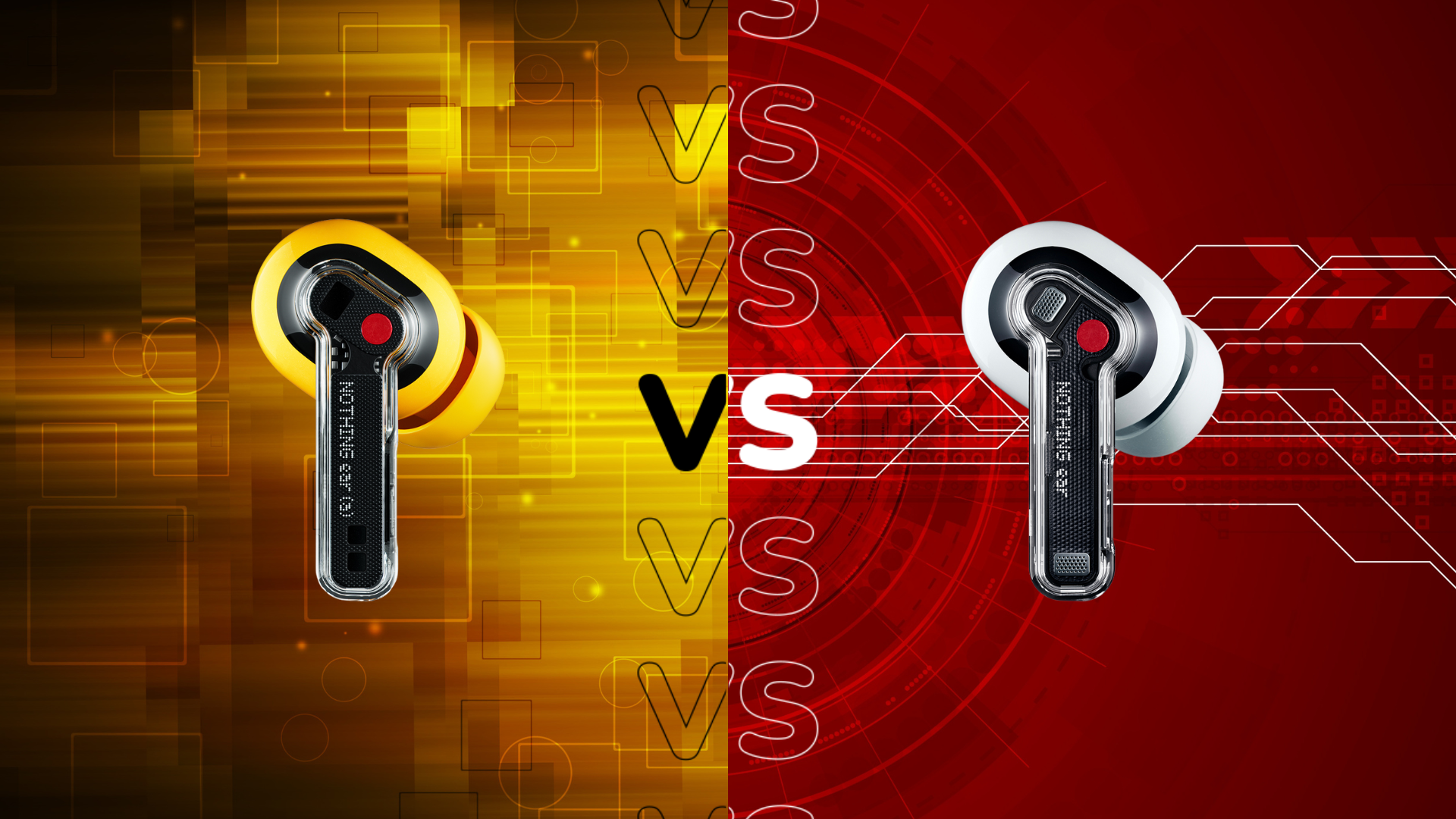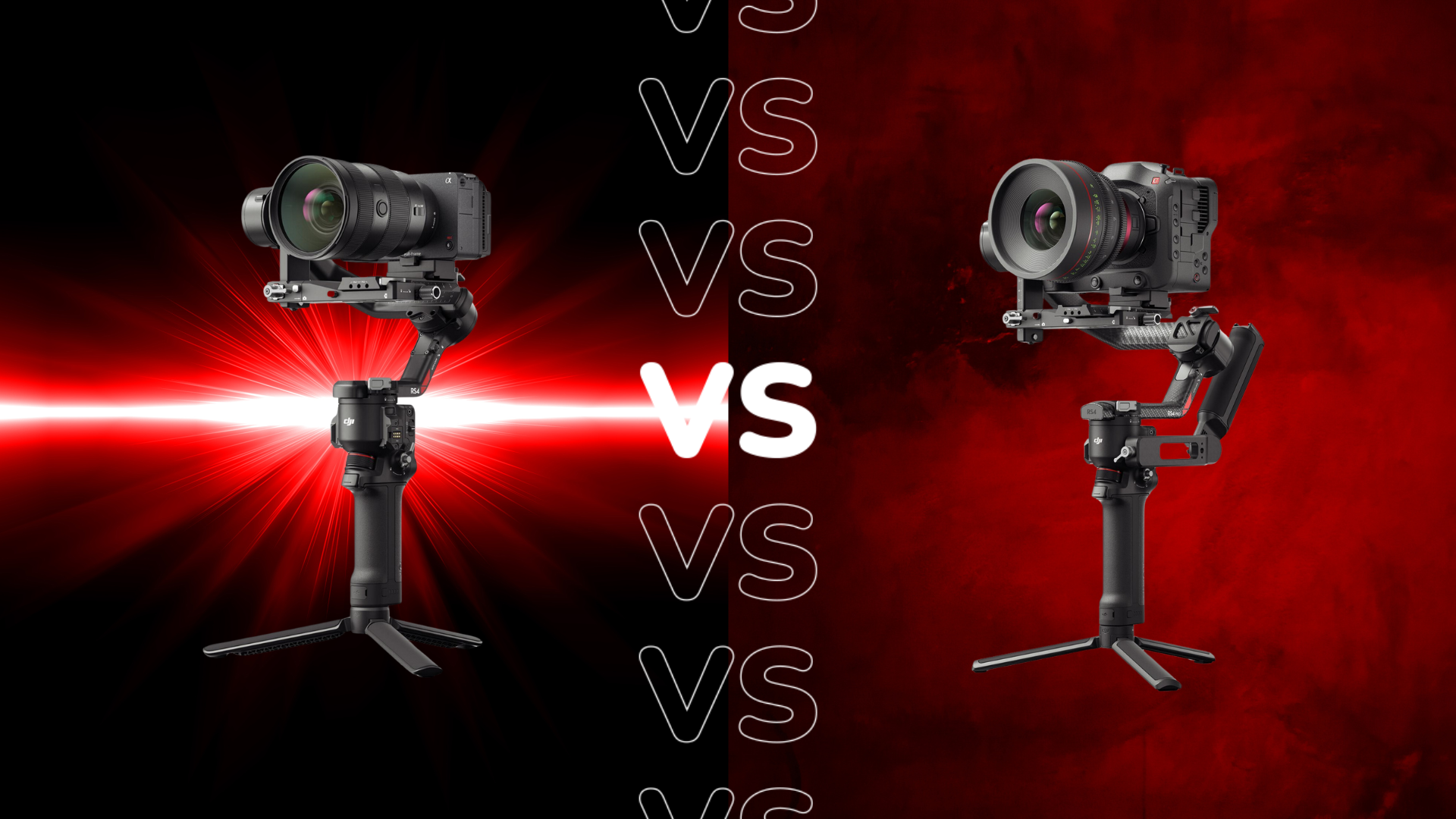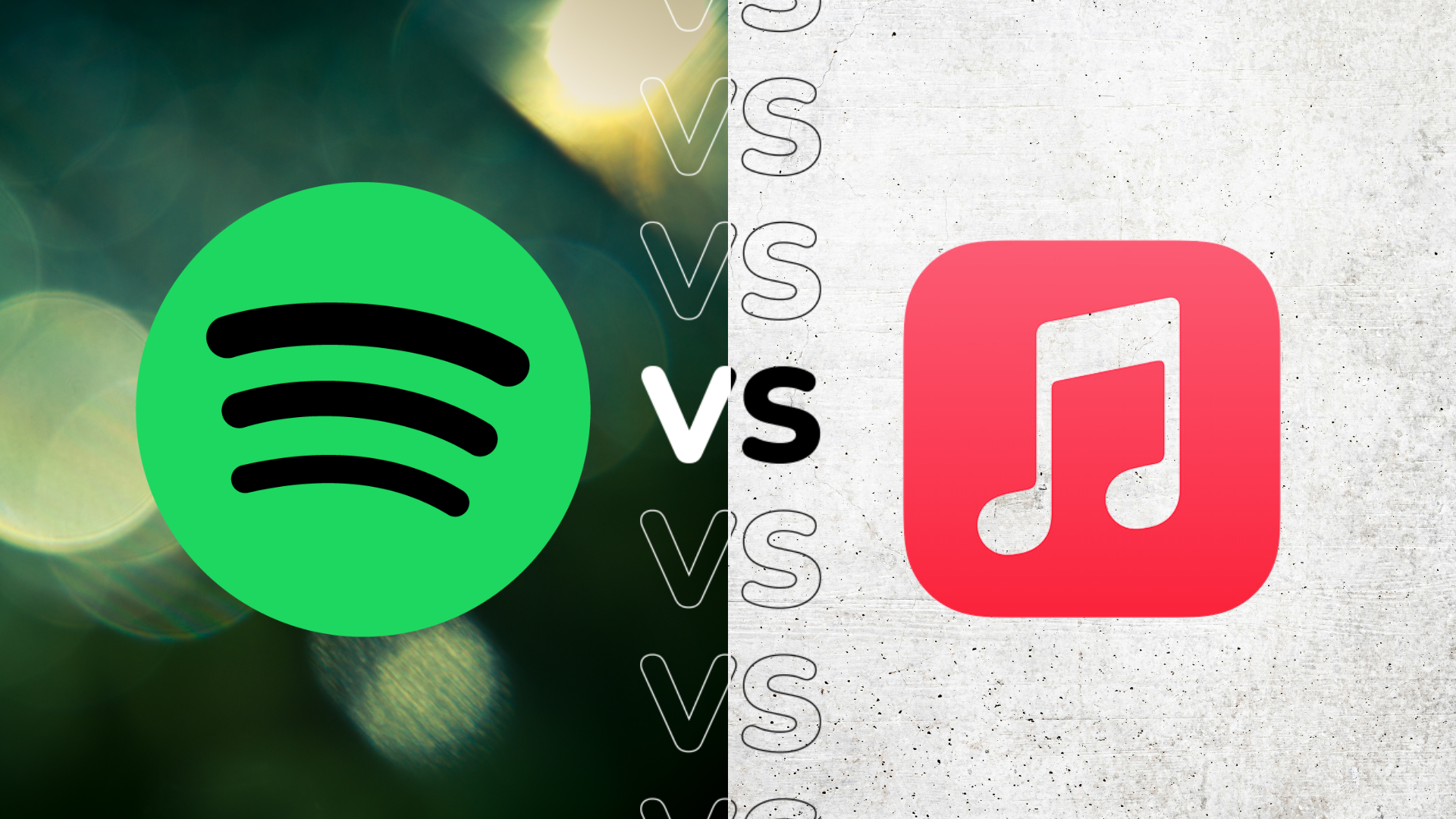Nikon Z9 vs Nikon Z6: How do they compare?
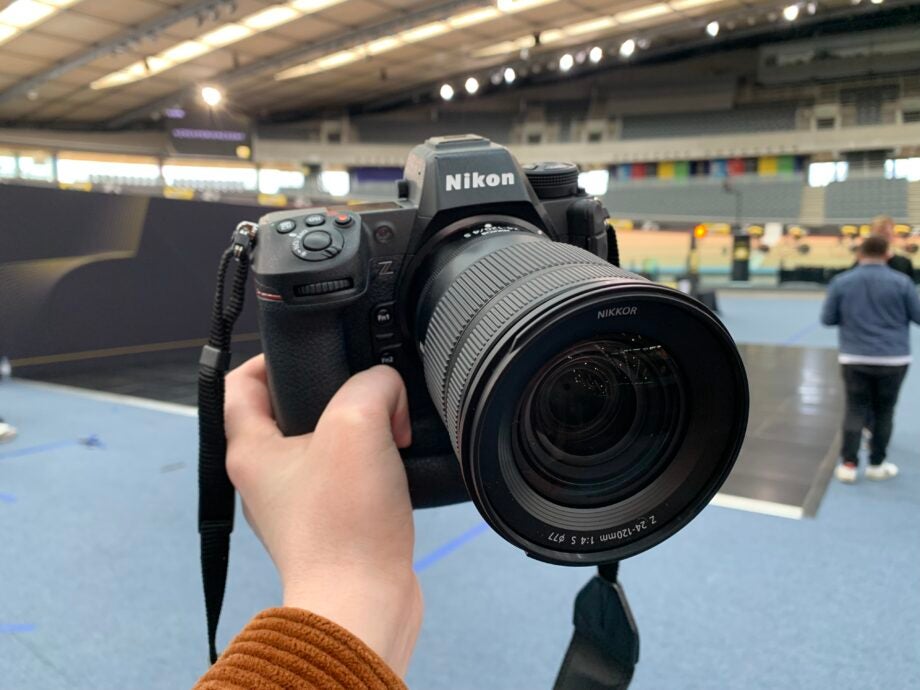
If you’re in the market for a new camera, you’ve probably come across Nikon’s range of full-frame mirrorless shooters.
The Nikon Z9 is the latest camera to come from the Japanese manufacturer and is a formidable device that targets professionals working in everything from wildlife to sports to fashion photography.
Also an all-rounder is the Nikon Z6 – though the older model comes with a significantly lower price tag aimed at hobbyists in need of a very capable camera.
So, what are the main differences between the two models? And is it worth splurging on the Z9 or should you save and opt for the Z6?
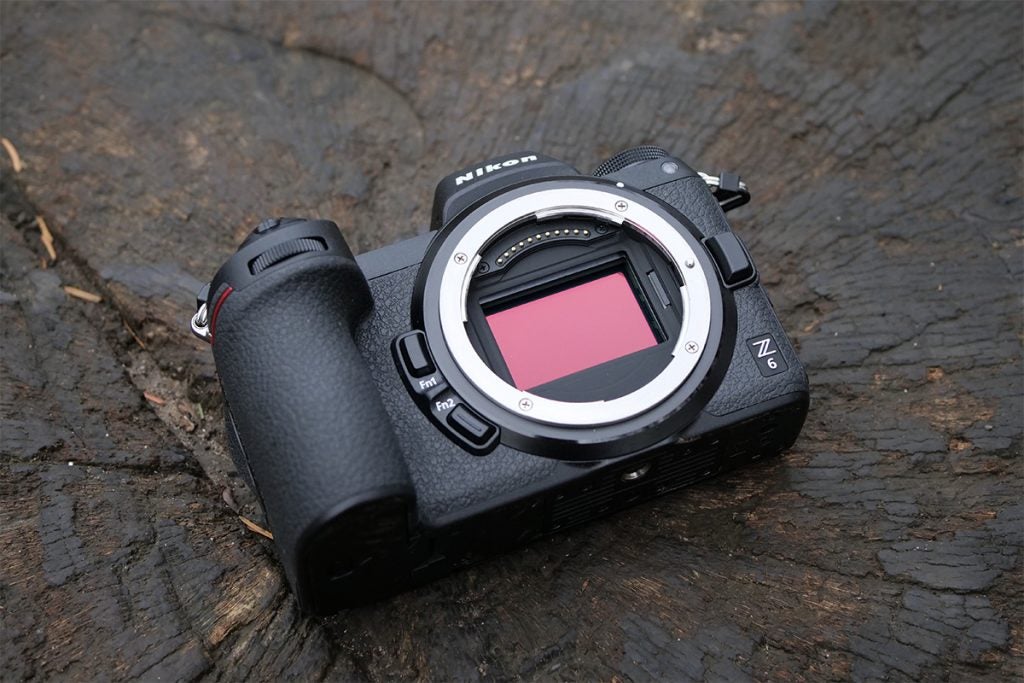
Pricing and availability
The Nikon Z9 is a professional camera that launched at the end of 2021 and comes in at a hefty $5499/£5299/€5299 for the body only.
The Z6 launched in 2018 as a hobbyist camera. While it certainly isn’t cheap (especially considering the cost of full-frame lenses) the price has been reduced in the years since the camera first launched. The camera is currently available for $1599/£1346/€1499 for the body only, making it less than one third of the price of the Z9.
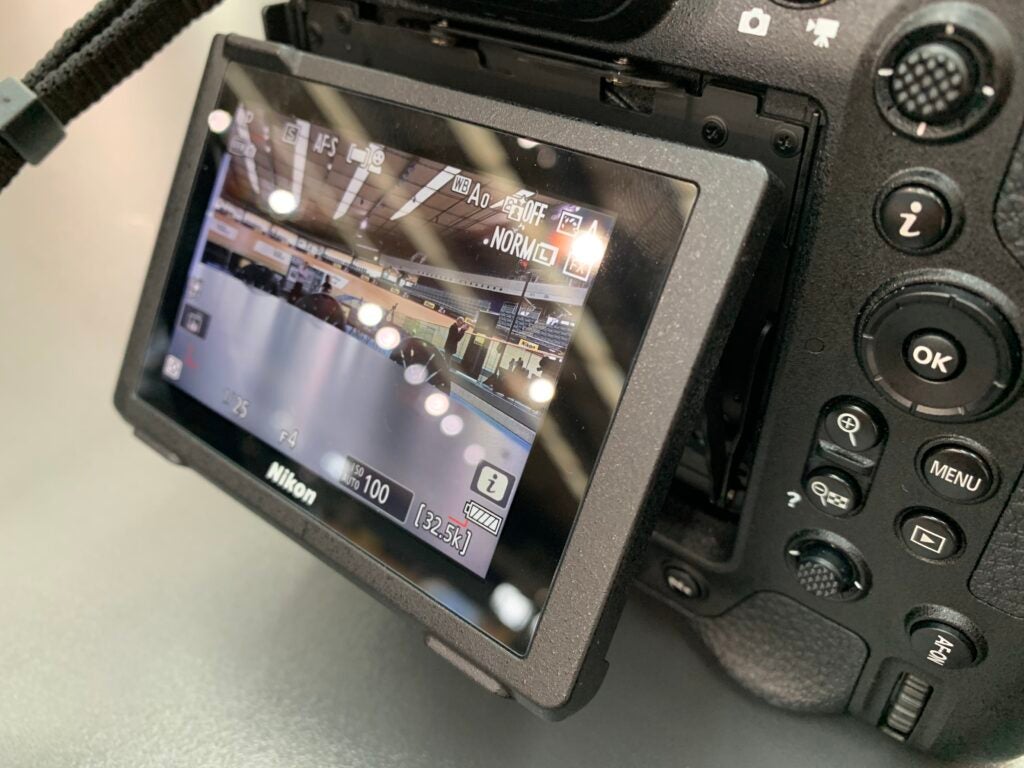
Design and display
The Nikon Z9 is an imposingly large camera that weighs in at 1340g with the battery and memory card inserted.
The camera has a rugged design with a magnesium alloy body, large grips across two sides and two corresponding shutter release buttons. This means you can rotate the body 90-degrees to snap portraits as naturally as you would landscape images.
The camera features a 3000-nit 3690k-dot electronic viewfinder with no EVF blackout and a 4-axis horizontal and vertical tilting monitor, which we found made it easy to see what you’re doing when shooting at trickier angles.
The Z6, meanwhile, features a weather-sealed design and weighs half as much as the Z9 at just 675g factoring in the weight of the battery and memory card. It’s also smaller than the Z9 across all dimensions, with the height in particular 4-inches tall to the Z9’s 5.9-inches.
The Z6 also has a 3690k-dot viewfinder, as well as a 2.1-million dot tilting touchscreen that can tilt upward by 90-degrees and downwards by 45-degrees, making it a bit more limited than the Z9, though we found it no less responsive.
Both cameras require Nikkor Z lenses or an FTZ mount adapter to use F mount lenses and both require an XQD card over an SD one, but the Z9 also supports the faster CFexpress type too.
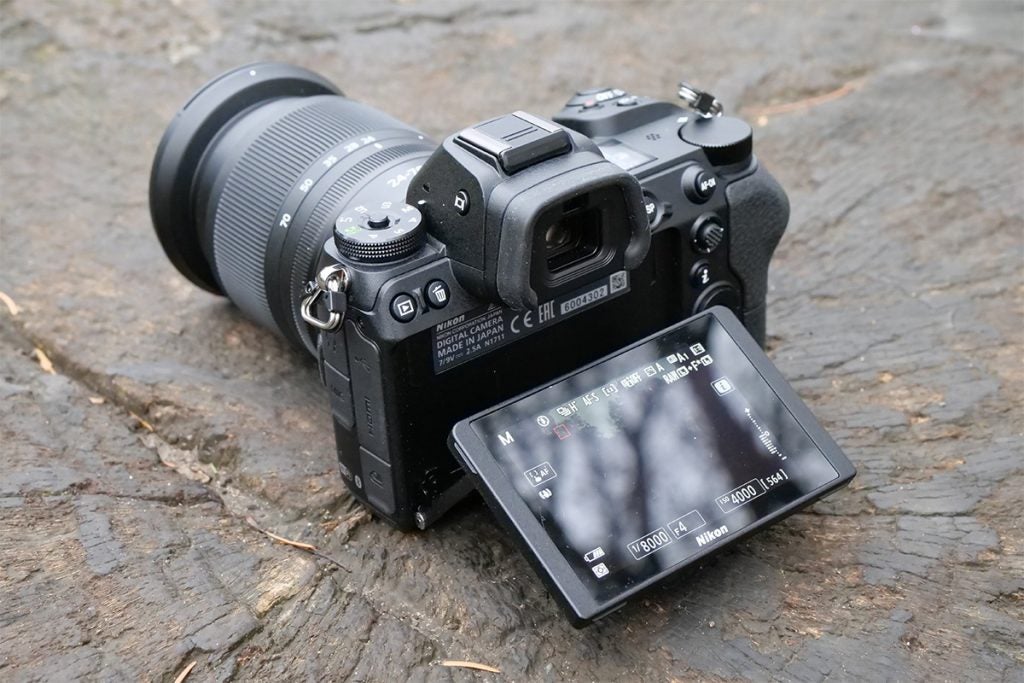
Performance and features
The Z9 is powered by Nikon’s Expeed 7 processor and features a stacked 45.7-megapixel full-frame CMOS sensor.
High-speed photography is one of the areas this camera shines. The Z9 is capable of capture more than 1000 full-resolution RAW frames at 20fps, or 11-megapixel JPEGS at 120fps, in a single burst. We found the burst mode did a fantastic job of capturing action, from cyclists to dancers, though the AF sometimes struggled with faster subjects if they weren’t in the frame long enough to latch on to and track.
Generally speaking, however, the AF system is excellent. The 493-point system includes 405 auto-area AF points, subject-tracking across the frame and 10 AF-area modes for better optimisation. It can also detect 9 different subject types, including people, animals, birds and different vehicles, and takes advantage of 3D tracking for the first time on a mirrorless Nikon.
The camera has a native ISO range of 64-25600 (expandable to 32-102400) and shutter speeds range from 1/32000 to 30s. It also only has an electronic shutter, with Nikon claiming its done away with the mechanical one as the fast shutter speeds eliminate rolling-shutter distortion.
The Z6, on the other hand, features Nikon’s Expeed 6 image processor paired with a 24.5-megapixel CMOS sensor. Despite being lower than both the Z9 and the Z7, we found the Z6’s sensor still capable of producing excellent images. Those in need of ultra-high resolution images will be better of opting for the Z9, but most photographers will find 24 megapixels to be more than enough.
The camera is capable of shooting JPEGs at up to 12fps or RAW photos at up to 9fps, making it significantly slower than the Z9. We found that AF was quick and accurate on the Z6, meaning the camera can be used to capture sports, but the Z9 faster burst mode and higher frame rate on the Z9 will likely do a better job of capturing every moment of action.
The Z6 also has just over half the focus points as the Z9 at 273, making the AF less advanced than that on the higher-end camera. There are six AF-area modes to the Z9’s 10 modes and there are Face and Eye-Detection AF, but less specific subject tracking modes and no 3D tracking on board here.
The camera has an ISO range of 100-51200. We found that detail remained high up to ISO 6400 and that images captured at ISO 1600 were almost as clean as those taken at ISO 100, making this camera a decent option for shooting in low light settings.
There’s also an electronic and a mechanical shutter in the Z6.
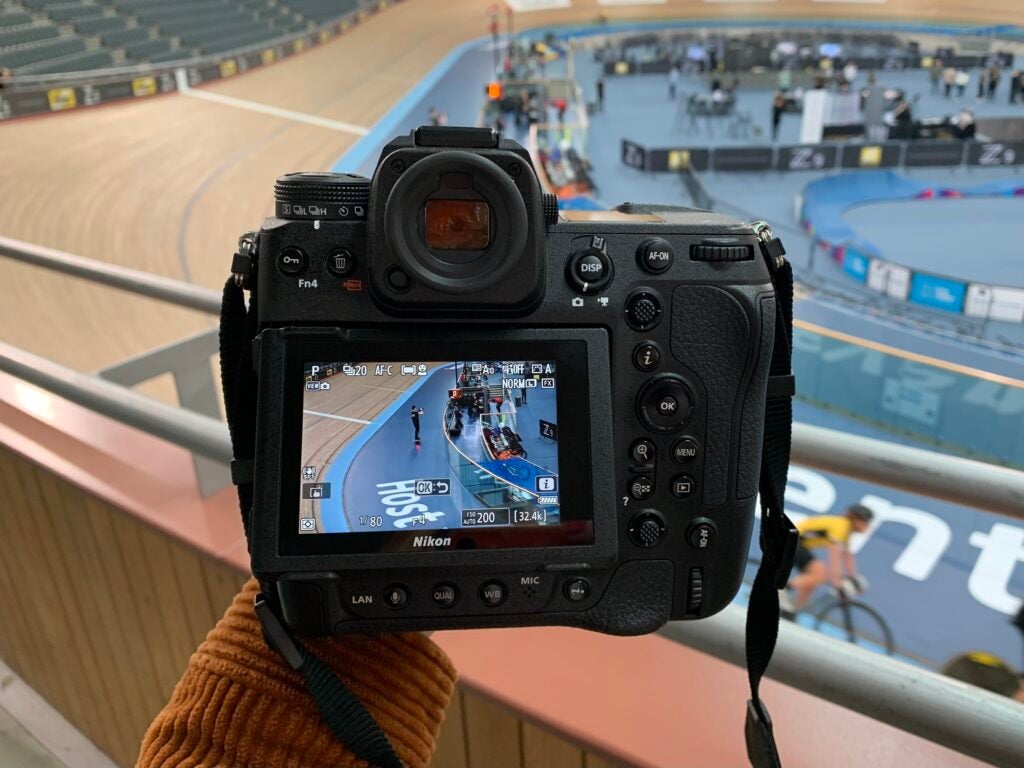
Video
The Z9 supports full-frame 8K video recording at up to 60p, or 4K at up to 120p. There’s also support for Apple’s ProRes 422 HQ format, along with full AF/AE and Eye-Detection AF during video capture.
The Z6, meanwhile, is capable of capturing full-frame 4K video at 30p or Full HD video at up to 120p and supports ProRes RAW for additional flexibility in editing.
Both cameras are also capable of creating time-lapses in-camera.
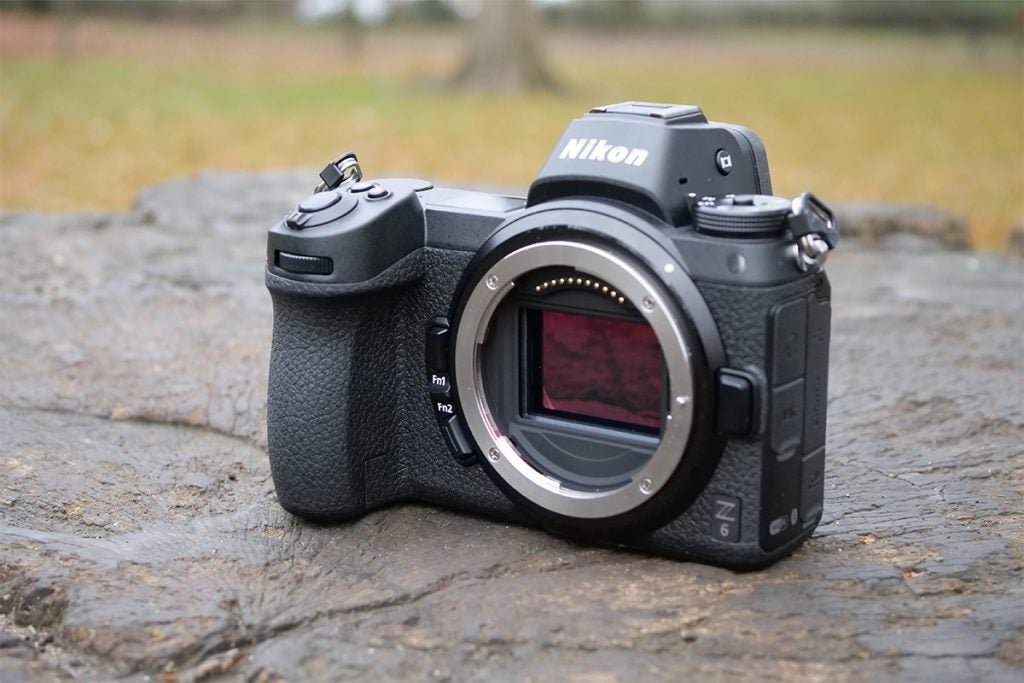
Verdict
The Z9 and Z6 are designed to be durable, though the Z9 is larger and heavier, and features Nikon’s Z-mount but can be used with F lenses if you buy an adapter. Both cameras also include 3690k-dot viewfinders and touchscreen monitors, but the Z9’s monitor is more flexible to improve visibility at tricky angles. The camera can also be rotated 90-degrees to shoot portraits as comfortable as landscapes. Finally, there’s support for the faster CFexpress memory card format in the Z9.
Moving onto specs, the Z9 is better equipped in most areas, with a newer processor, a larger image sensor, 8K video support, almost double the AF points and a faster frame rate. This makes it a much better option for high-speed photography, in particular. However, the Z6 has a larger ISO range, making it well-suited to low light photography.
When it comes down to it, your decision will probably come down to what you need from a camera. If you’re looking to capture high-resolution images and fast-moving subjects, the Z9 is tough to beat. For most photographers, the Z6 is still a fantastic option and a third of the price.


